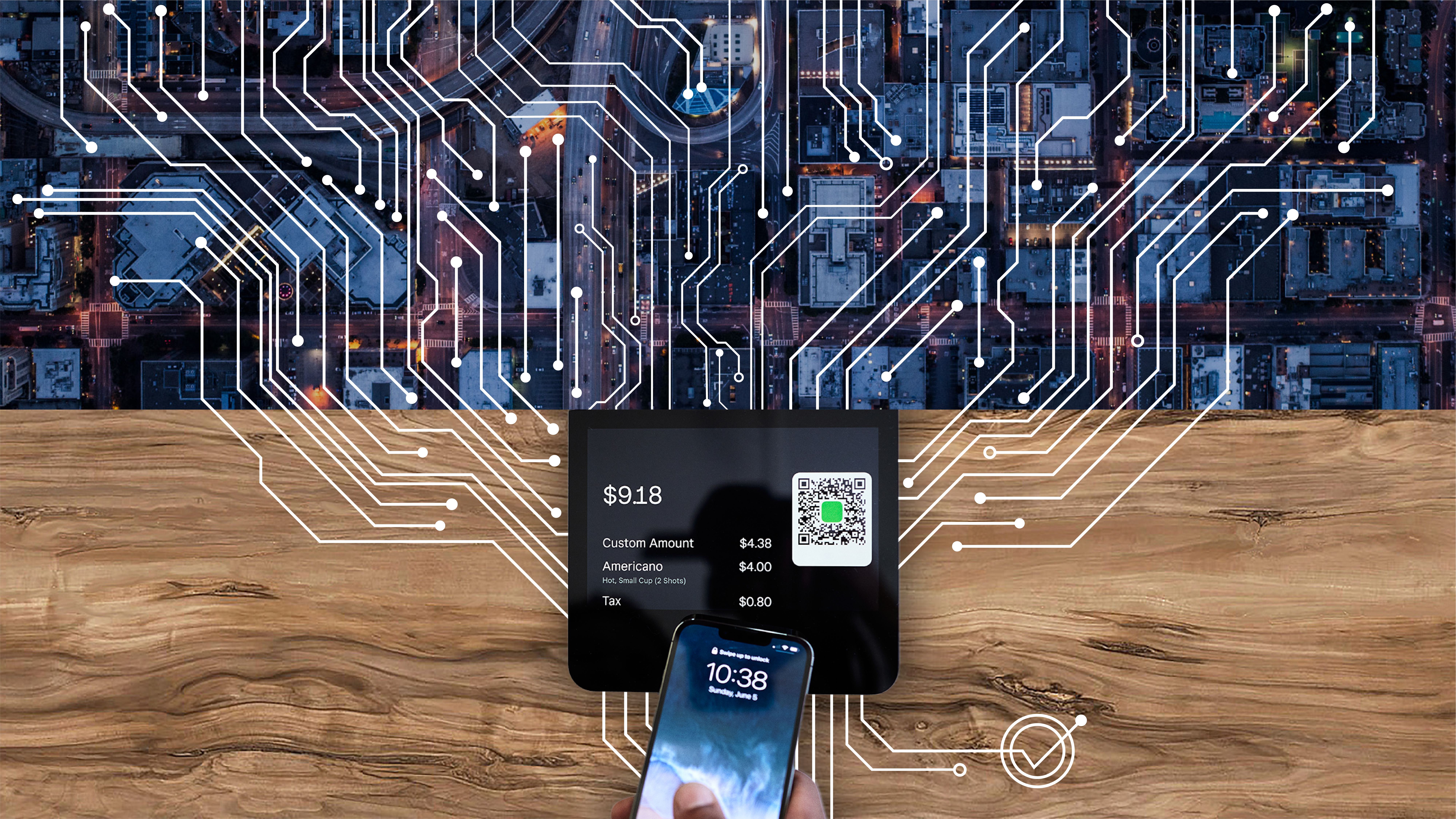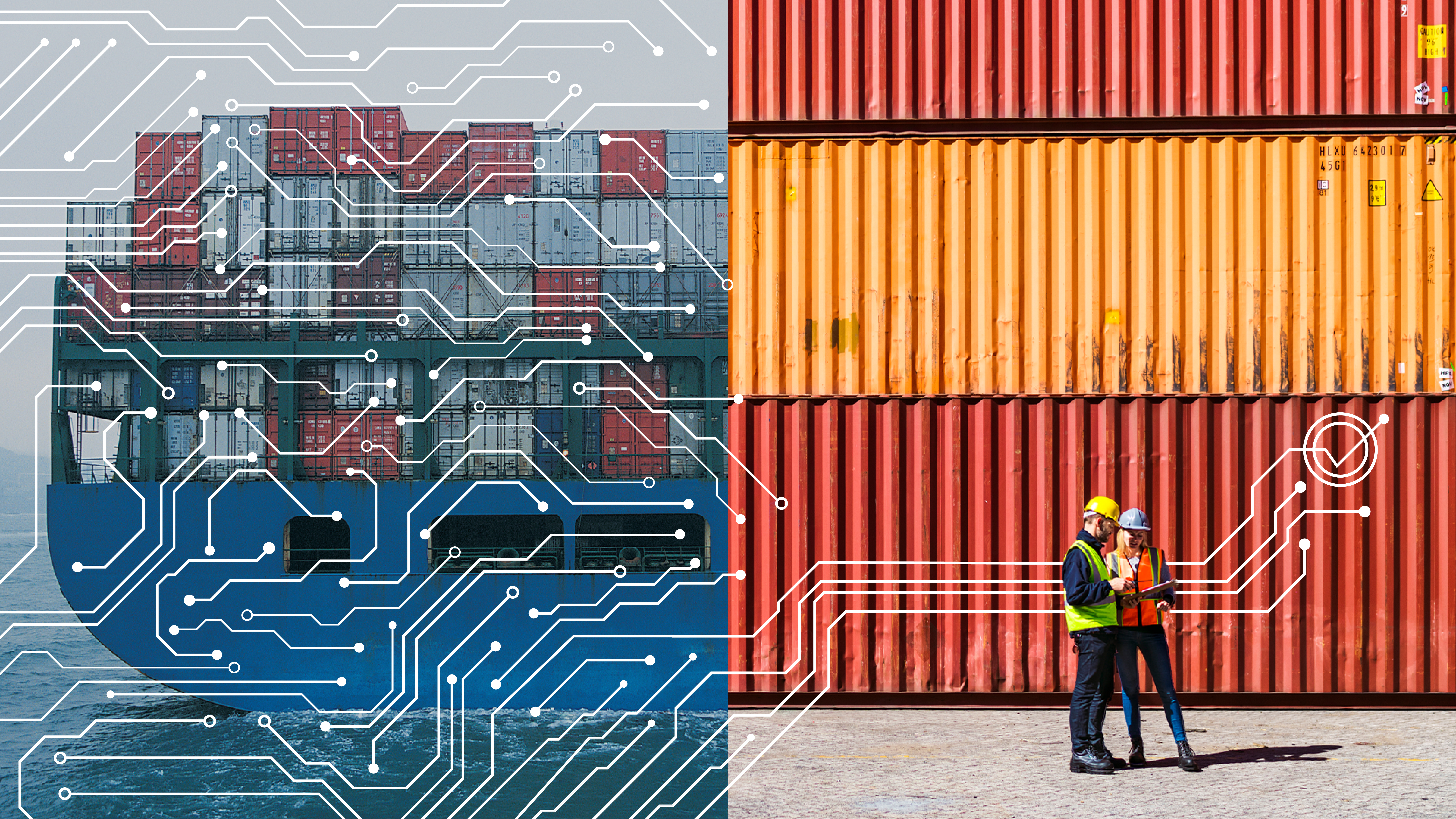
Clarity for a sustainable cyber insurance market
Bold steps are needed to continue protecting a thriving, interconnected future.
properties.trackTitle
properties.trackSubtitle
Safeguarding cyber resilience and digitalization
To ensure a bright and dynamic future, cyber resilience is more critical than ever.
Economic vitality, business continuity, and successful digitalization rely on cyber coverage – and a sustainable cyber insurance market demands transparency.
By applying discipline and acuity to risk management, we can contribute to a sustainable cyber insurance market, protect businesses, and humanity’s interconnectedness into the future.
Together with our partners, we strive to increase cyber resilience.
$452.3bn
USD in 2024
In the United States alone, the estimated cost of cybercrime was $452.3 billion in 2024, and it is forecasted to rise sharply to approximately $1.82 trillion by 2028. (Statista 2025)
87%
of C-level executives
More than 80% of global survey respondents felt inadequately protected against cybercrime.*
72%
of C-level executives
More than one third of survey respondents were extremely concerned about potential cyberattacks.*
A clear-eyed, collaborative approach
Partners in resilience
As one of the greatest issues of our time, cyber risk requires a meaningful response. With a sustainable approach to cyber risk management, we provide partners with clearly defined coverages, complementing cybersecurity efforts, fueling profitability, and serving market needs. The result is a resilient market that stimulates the capacities of both established and new players.
Munich Re's cyber insurance solutions play a key role in upholding the health of economies, the success of business, and the process of digitalization. We are fully dedicated to empowering partners to accurately price risk and define coverage.

In lockstep with our clients, brokers, and partners, our goal is a vibrant and growing global economy that benefits from the advantages of technological progress.
Join us in our commitment to a sustainable cyber insurance market, and a resilient future.
Global expertise localized solutions
Contact our experts

/Deml_Stephanie_n314908_X11_1x1.jpg/_jcr_content/renditions/crop-1x1-400.jpg./crop-1x1-400.jpg)
/bengt_von_toll.jpg/_jcr_content/renditions/crop-1x1-400.jpg./crop-1x1-400.jpg)
/Sophia-Wassner.png/_jcr_content/renditions/original./Sophia-Wassner.png)

/Timothy-Zeilman.jpg/_jcr_content/renditions/original./Timothy-Zeilman.jpg)



- Email MPetrovic@munichre.com
- vCard Download











